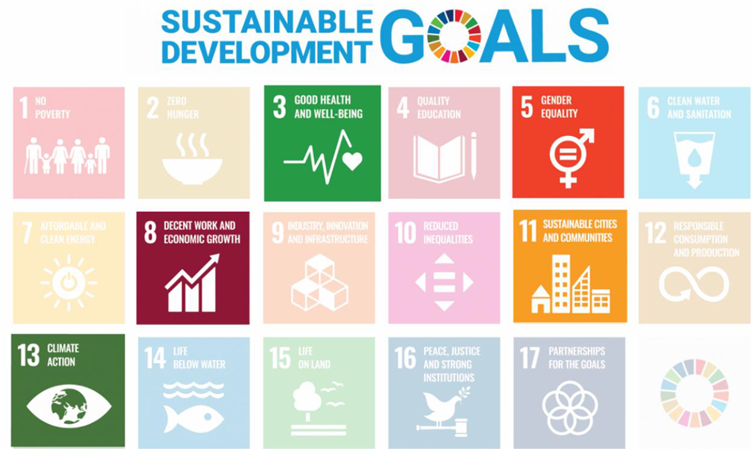By Fathima Sumayya
Public open spaces, those havens of green amidst the urban jungle, are more than just places to relax. They’re vital components of a thriving, sustainable city, contributing to a healthy environment, a strong community, and a happy populace. In a world striving to achieve the UN’s Sustainable Development Goals (SDGs), green spaces are emerging as a powerful tool.

Greener Cities, Healthier People (SDG 3: Good Health and Well-being)
Imagine a city where parks are plentiful, offering residents a chance to escape the concrete and reconnect with nature. Studies show that access to green spaces encourages physical activity, reduces stress, and even improves cognitive function. This translates to a healthier population, aligning with SDG 3. Public spaces promote walking, cycling, and outdoor games, all contributing to a drop in non-communicable diseases.
Parks for People, Power for the Planet (SDG 11: Sustainable Cities and Communities)
Green spaces go beyond personal health. They play a crucial role in creating sustainable cities, as highlighted by SDG 11. Trees and plants act as natural filters, absorbing pollutants and releasing oxygen, leading to cleaner air (SDG 13: Climate Action). They also help regulate urban heat islands, a growing concern in a warming world. Additionally, well-designed green spaces can manage stormwater runoff, preventing flooding (SDG 6: Clean Water and Sanitation).
Building a More Equitable City (SDG 5: Gender Equality)
Green spaces aren’t just good for the environment; they foster social cohesion too. Parks and plazas become vibrant community hubs, bringing people together from all walks of life. This is particularly important for women and girls (SDG 5: Gender Equality). Safe, well-lit public spaces empower them to move freely and participate in community life, fostering a sense of security and belonging.
Growing Economies with Greener Cities (SDG 8: Decent Work and Economic Growth)
The benefits of green spaces extend to the economy as well (SDG 8: Decent Work and Economic Growth). Studies have shown that areas with ample green space have higher property values and attract tourism. Public spaces can also provide valuable workspaces for informal vendors, contributing to the local economy.
The Path Forward: Prioritising Green
The solution lies in recognising the multifaceted value of green spaces and integrating them into urban planning. Cities need to prioritise creating and maintaining parks, playgrounds, and green corridors. This can involve innovative solutions like rooftop gardens and vertical forests.
By embracing green spaces, cities can become healthier, happier, and more sustainable places to live. Public open spaces are not a luxury; they’re an investment in our future and a key to achieving the SDGs for a better world.


